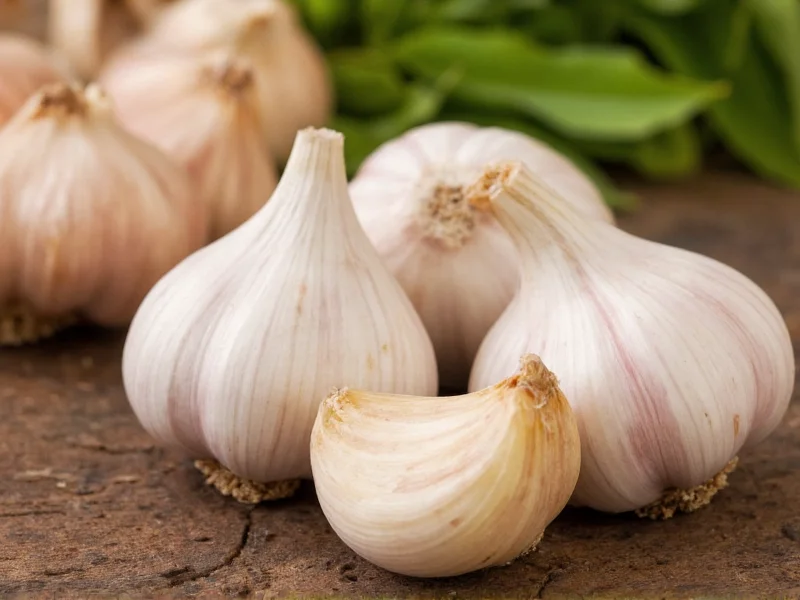Understanding garlic measurements is essential for perfecting recipes, whether you're following a traditional cookbook or experimenting with new culinary techniques. Many home cooks and professional chefs face confusion when recipes switch between whole cloves and volume measurements like tablespoons.
Factors Affecting Garlic Measurement Conversions
The exact conversion between garlic cloves and tablespoons depends on several variables that impact your final measurement:
- Clove size - Garlic cloves range from small (½" long) to jumbo (1½" long)
- Preparation method - Minced, pressed, or chopped garlic yields different volumes
- Packing density - How tightly garlic is packed into measuring spoons
- Moisture content - Freshness affects volume when minced
Garlic Clove to Tablespoon Conversion Chart
| Garlic Quantity | Minced Volume | Tablespoon Equivalent | Teaspoon Equivalent |
|---|---|---|---|
| 1 small clove (½") | ¼ tsp | 1/12 tbsp | 0.25 tsp |
| 1 medium clove (¾") | ½ tsp | 1/6 tbsp | 0.5 tsp |
| 1 large clove (1") | ¾ tsp | ¼ tbsp | 0.75 tsp |
| 1 jumbo clove (1½") | 1¼ tsp | 5/12 tbsp | 1.25 tsp |
| 3 medium cloves | 1½ tsp | ½ tbsp | 1.5 tsp |
| 6 medium cloves | 1 tbsp | 1 tbsp | 3 tsp |
Practical Measurement Techniques for Garlic
When converting a clove of garlic equals how many tablespoons in real cooking situations, consider these professional techniques:
For the most accurate measurements when determining how much is one garlic clove in tablespoons, use a microplane grater for consistent results. Pressed garlic yields slightly less volume than hand-minced due to reduced air pockets. When recipes specify garlic clove to tablespoon conversion, remember that roasted garlic cloves produce about 20% less volume than raw due to moisture loss.
Professional chefs often recommend using the "knob method" for quick estimation: the amount of minced garlic that forms a small knob about the size of a pencil eraser equals one medium clove. This practical approach helps when you're in the middle of cooking and don't have measuring spoons handy.
Substituting Garlic Forms in Recipes
Understanding how many tablespoons is a garlic clove becomes crucial when substituting between fresh and prepared garlic products. Here's what experienced cooks need to know:
- 1 teaspoon garlic paste = 2-3 medium cloves
- ½ teaspoon garlic powder = 1 medium clove
- 1 teaspoon garlic juice = 3-4 medium cloves
- 1 teaspoon garlic oil = 1-2 medium cloves
When converting recipes that specify garlic measurement from cloves to tablespoons, remember that jarred minced garlic often contains preservatives that affect potency. You'll typically need 20-25% more jarred product to match the flavor of freshly minced garlic. This is particularly important for dishes where garlic plays a starring role rather than just background flavoring.
Why Precise Garlic Measurements Matter
The difference between one garlic clove equals how many tablespoons might seem trivial, but it significantly impacts dish outcomes. Under-measuring leaves recipes lacking depth, while over-measuring can dominate other flavors. In delicate sauces and dressings, even a ⅛ tablespoon difference alters the final taste profile.
For international recipes that use different measurement systems, understanding garlic clove to tablespoon conversion rates ensures authentic results. European recipes often specify garlic by weight (grams), while American recipes use volume measurements. Knowing that 1 medium clove weighs approximately 3-7 grams helps bridge this gap when precision matters most.











 浙公网安备
33010002000092号
浙公网安备
33010002000092号 浙B2-20120091-4
浙B2-20120091-4